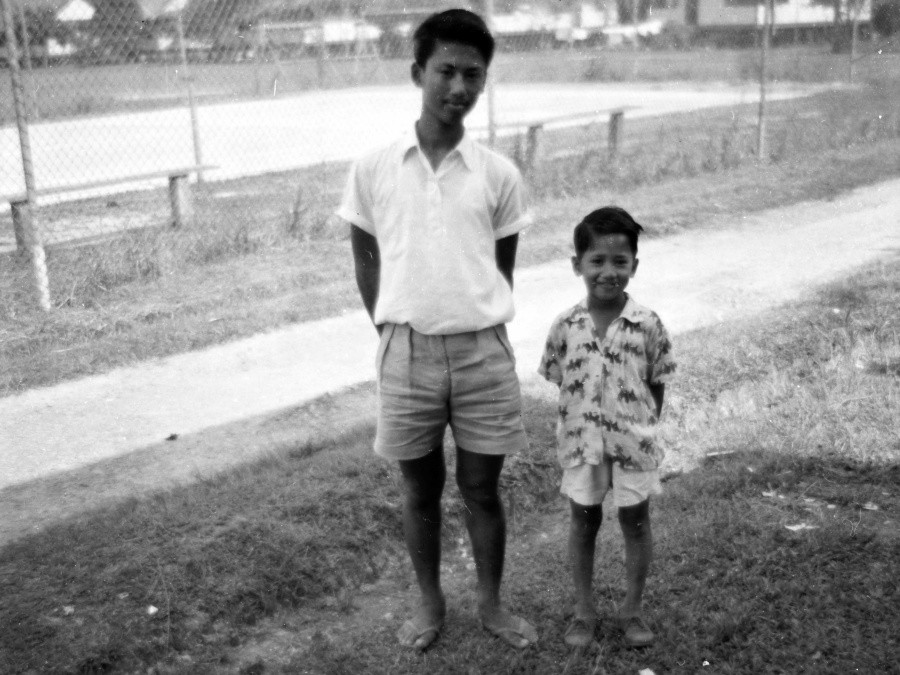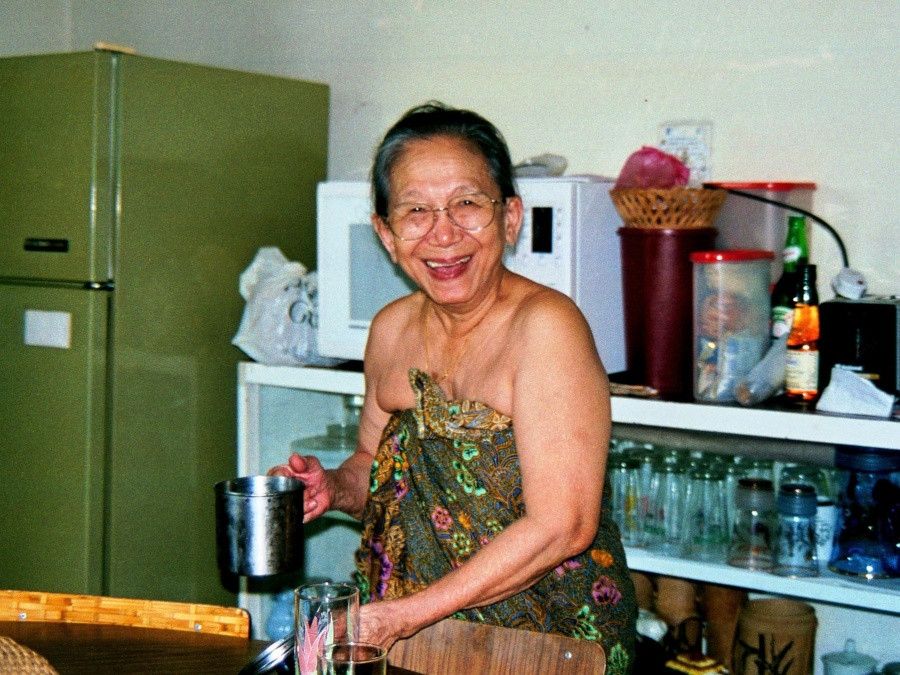A father’s legacy in soy sauce
by Zara Jayne Marimuthu01 Oct 2021
This writer’s late father leaves behind a unique culinary legacy that transcends cuisine.
One night at our dining table, various dishes were laid out such as bak choy and garlic, and soy sauce chicken. As I sat down, my mother placed a dish on the table that looked very familiar. Immediately, I knew what it was. It was my late father’s favourite dish that my grandmother used to make—yam and pork in soy sauce (orh oh bak). However, she hadn’t cooked and served this dish since my father passed away in 2010 and so this meal had my head whirling with memories like a film roll.
“Your dad used to eat everything with kicap,” people around me always said.
Every family may have their own distinctive way of eating or fixing up a meal. My family is no different and kicap is a staple in ours. My father could eat anything with kicap, from rambutans sprinkled with a little sugar to banana leaf rice. While reminiscing about him, my relatives revealed the way my father used to roll his rice with kicap into balls between the palm of his hands and eat them just like that. And to this day, I safeguard this ritual in my own eating; I must have kicap drizzled over my rice and dal.
Our family house in Kuching, which was built from the ground up by my grandfather (thaata), was where all the magic happened. My grandmother’s legendary dishes were made there and have been passed down to my aunties and uncles and now to my cousins. Stories and family reunions took place at our famous round table attached with a lazy Susan. Granny was of Hakka-Chinese descent and thaatha was of Tamil-Indian ancestry. It was a household that overflowed with multiple languages and a home rich with a variety of food that intertwined our cultures.
Some of my grandmother’s signature dishes were kicap pork (made only with Lau Teck Kee dark soy sauce brand), dal with cangkuk manis (or mani cai) and the aforementioned orh oh bak. The combination of yam and pork together made orh oh bak a very distinguishable Hakka dish, which made sense in our family as Hakka was the primary language in my father’s home. My mother had also learned to make this particular yam dish from her own grandmother, who was of Hakka lineage. When she found out that it was my father’s favourite dish by his mother, she learnt to make it.
So ten years later, as my mother and I sat down for lunch, I still didn’t know why she chose that day to finally make this orh oh bak recipe. It could’ve been a subconscious decision or maybe it was a gentle reminder from my father that his essence was still present. I took a spoonful of the thick starch and smiled to myself—I immediately felt my father’s warm, comforting embrace.
Get Zara’s family’s orh oh bak recipe here.
**
Zara Jayne Marimuthu is a writer and dancer based in Kuala Lumpur.
Read next
How my grandfather wooed his son-in-law—with peanut cake
A rare Foochow delicacy—made to impress

Mastering sambal tambrinyu, the famed Kristang condiment
Sweet-tangy-salty and just right

How my grandma’s recipes bridged a 10,000km, 20-year gap
A tale of old recipes and belonging






